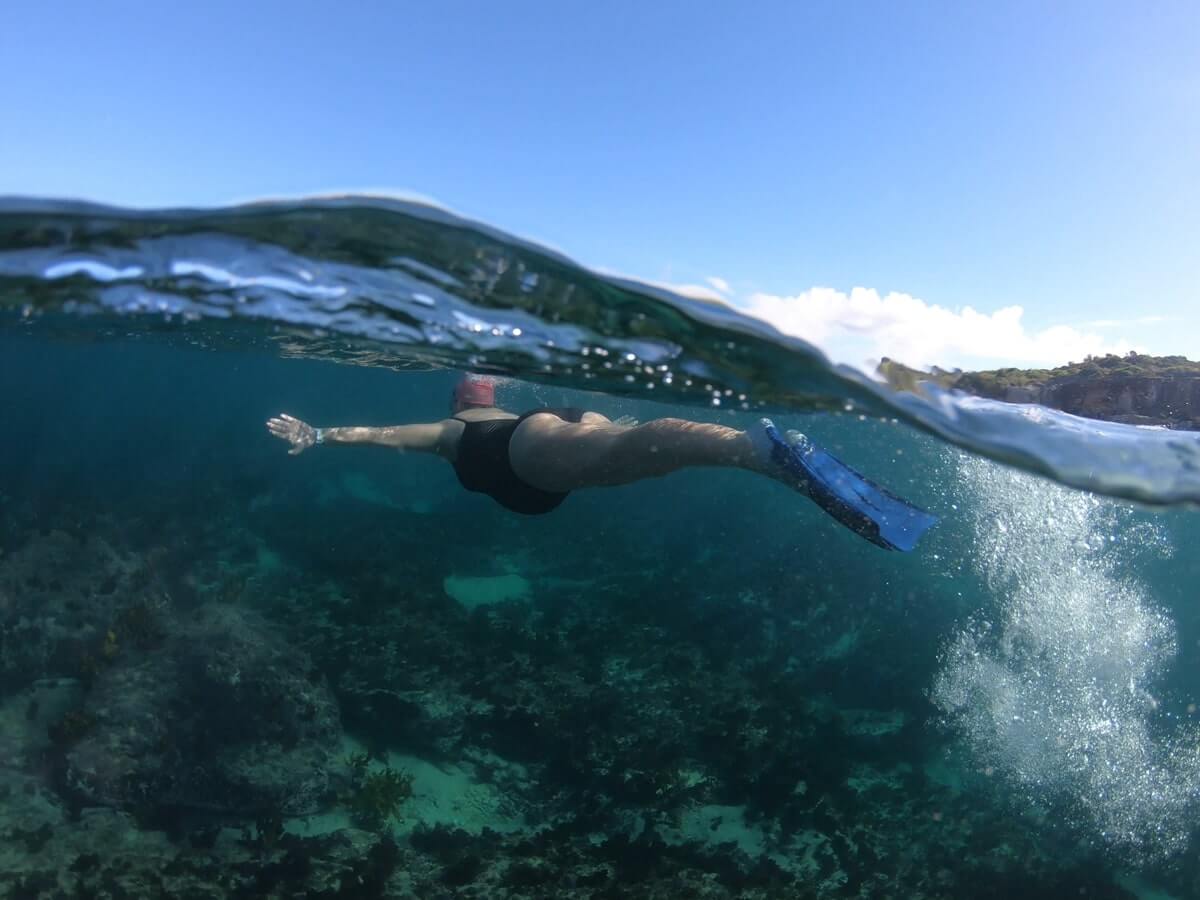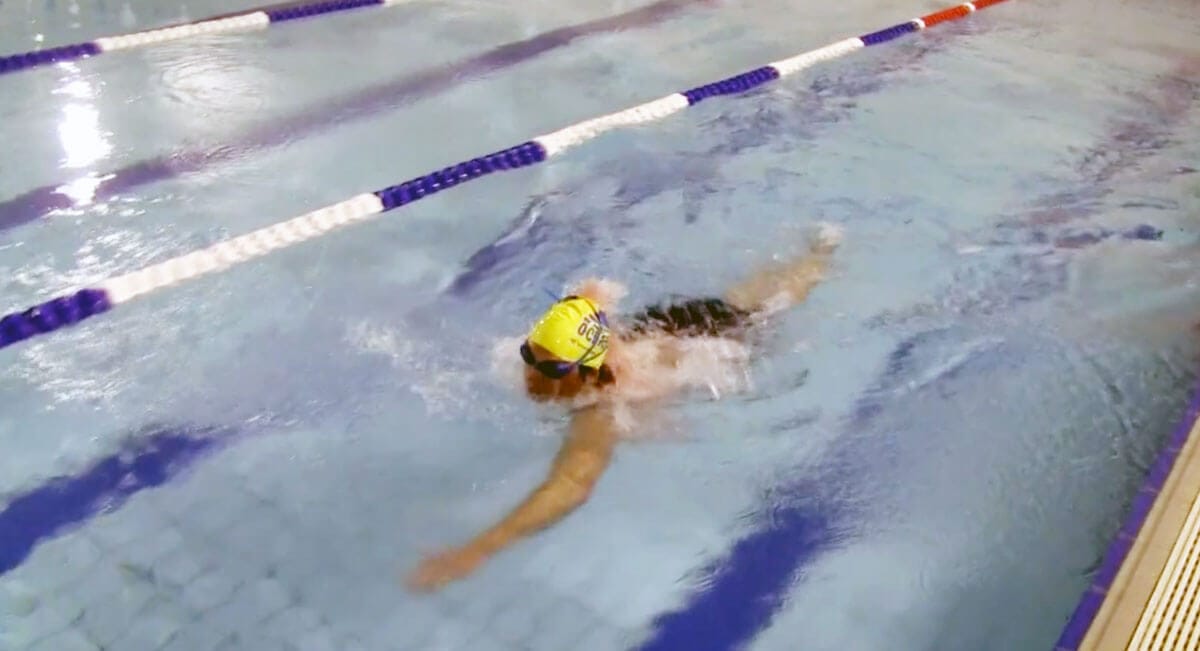How to rescue a drowning swimmer at the beach

The summer holidays are when Aussies and Kiwis hit the water like no other time. Summer equals swimming, and loads of other aquatic pursuits, of course.
With the majority of our population living within a short drive of the coast, it’s no wonder we have an affinity with the ocean.
However, summer comes with a dark side.
It’s also when we see drowning deaths at their peak.
This summer, on top of the regular peak, we’re also coming off a substantial rise in drowning deaths across all waterways; at home, inland and coastal.
The one type of incident that makes the news and shocks and saddens communities over the summer, is the rescuer drowning death.
This is when someone, usually a child, has got into trouble in the water, and the rescuer, usually the father, drowns attempting to rescue them.
Often, the result is that the person who was initially in trouble in the water makes it out of the water to safety.
So, how do the distressed swimmers make it to safety and the rescuers drown?
How the situation is likely to unfold
Whilst every instance is different, there are some common elements.
The child in trouble in the water is less likely to be panicking, has a greater ability to relax and float, and perhaps most importantly, is less occupied with thoughts of mortality.
Ultimately, this gives them time to let the ocean assist in their rescue (predominantly from rip currents cycling the swimmers to a shallower sandbank where the waves push them back to shore), or to wait for help from those best placed to assist (like surfers).
The father-turned-rescuer is panicking, his instinct is to act fast without thought, for in his mind his child is seconds away from drowning.
He enters the water ill-prepared without the necessary skills, fitness or floatation, and with an ever-increasing breathing rate, he swims head-up freestyle, dragging his lower body through the water looking for his child, all the while tiring at a rapid pace.
The lactic acid builds up in his arms as he fights the water, waves, and his emotions, and eventually, as he struggles to locate his child, he no longer has the strength to keep his head above the water.
It’s a terrible situation and I empathise with the would-be rescuer.
What should you do if someone is in trouble in the ocean and needs help?
Steps to take to perform a rescue
Putting aside the fact that learning to swim, having basic ocean awareness, and swimming at patrolled beaches between the red and yellow flags is the best preventative option, this is how you should go about assisting a swimmer in trouble at the beach.
As soon as you’re aware there’s a swimmer in trouble in the water, have multiple people follow the swimmer with their eyes and finger.
Get someone to call 000.
Make all beachgoers aware of the situation by shouting ‘help’ or ‘swimmer in trouble’. This will hopefully attract those who are better placed to assist.
Stop, take a breath and think about your options, and if possible, talk them through with someone.
Check to see if there are stronger swimmers or surfers already out in the water. If so, get their attention and alert them to the swimmers in distress. If you need to go into the water to do this, stay waist-deep.
If you are a non-swimmer, do not enter the water.
If you must assist and there is no one better placed to help, search for flotation aids on the shore, this could be in the form of a boogie board, esky, soccer ball, 1.5L drink container or the like. Choose the item with the most flotation and strap it to yourself, if possible.
Then, ask beachgoers to throw all the other flotation aids into the water, or the rip current, to try to get them to the swimmers, or at least be a backup for the flotation aid you will use.
Strip down to just the bare essential clothing, if not already in your swimwear.
Even though it might seem counter-intuitive, do not run to the water. Calmly enter the water and use a breaststroke-style kick to propel you along in the water. If you don’t have a flotation device, do not try to swim freestyle, use a breaststroke or sidestroke action, keeping your body as high in the water as possible and your head up out of the water.
Swim at a relaxed pace and let the current do the work for you. Time will seem to be going by faster than it actually is. Try to refrain from yelling out to the swimmers, as this will only tire you out and increase your heart rate.
Once you reach the swimmers, be sure to keep a short distance from them. Either they, or you, are at risk of trying to use the other as flotation, unintentionally pushing the other under the water.
Using a calm voice, reassure the swimmers and pause again to think about your options. If you’re out the back of the waves, these will be either:
- Relax, float and wait for assistance, or
- Look for a sandbank where the waves are breaking all the way back to the beach and swim to shore with the waves.
Now, I by no means think that this advice is easy to execute, and even after the rescuer’s best effort, it may still result in an unfortunate outcome, but when faced with a fight or flight situation, I believe it’s better to be informed of your options, rather than being completely naive.
As an ocean swimmer, you might not personally need this advice, but you can help by sharing it with family and friends who may not have the same confidence, ability and experience of the ocean, as you do.
OceanFit’s 5 steps to rescue a drowning swimmer
- Have beachgoers keep their eyes and finger pointed at the swimmer at all times, call 000
- Ask for help from confident and skilled swimmers and surfers, out in the water and on the shore
- If you need to enter the water, take a flotation aid, preferably tied to your arm, and have beachgoers throw the remaining flotation aids in the water
- Remain calm at all times and use a breaststroke-style kick or similar swimming action to move through the water
- When you reach the swimmer, relax, float and wait for assistance or use the waves to return to the shore
Don’t enter the water if you can’t swim and remember, the safest way to enjoy the beach is to swim at patrolled beaches between the red and yellow flags.





Well written and timely article. As a 63-year old surf lifesaver, surfer and ocean swimmer who has been involved in countless rescues in all my ocean pursuits I couldn’t agree more with your advice. Thank you
Thanks, Dan! Appreciate the support from an experienced waterman. Andre
Fantastic advice! This really should be a standard part of water safety education.
Thank you